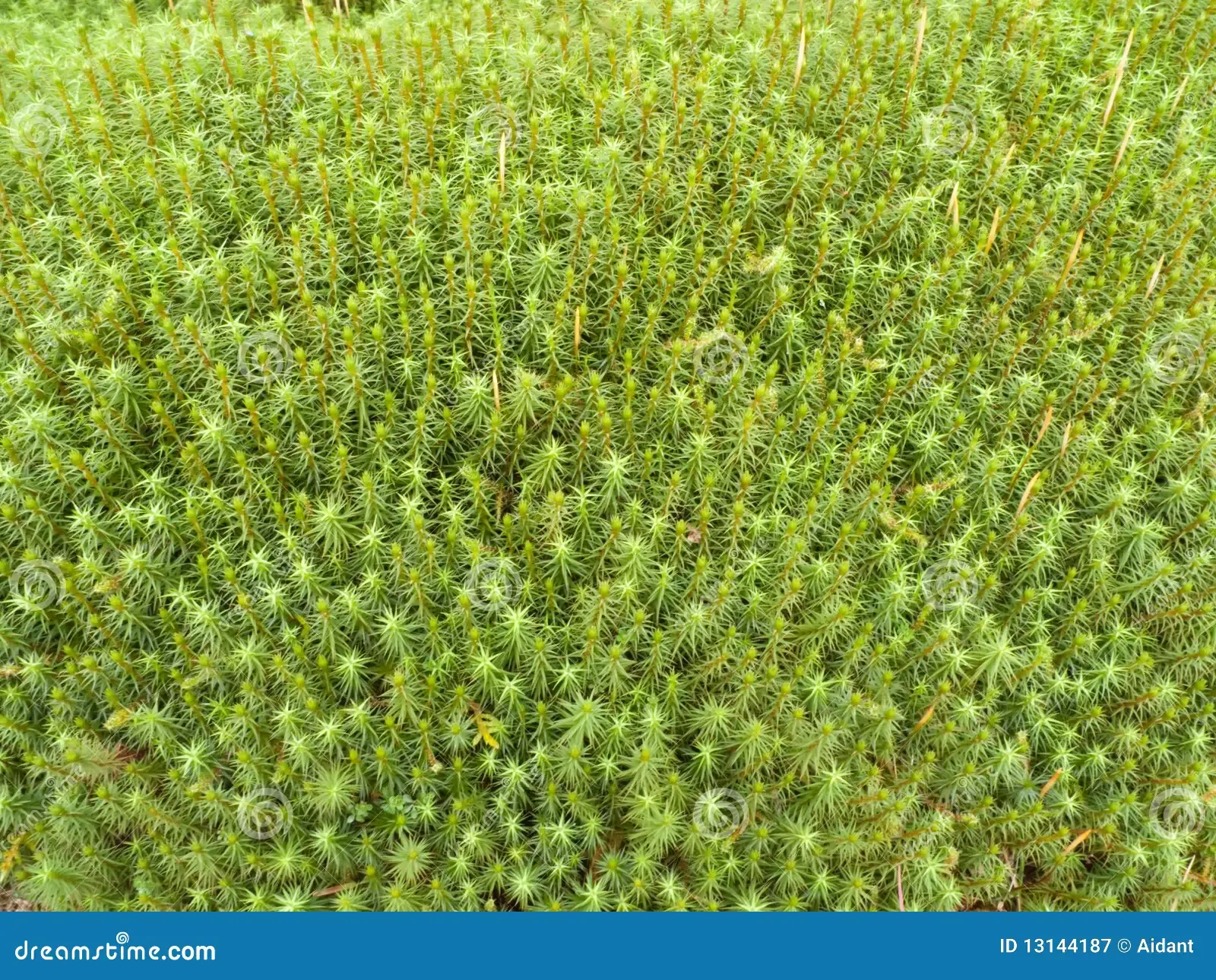
sphagnum-moss-13144187.jpg from: https://www.dreamstime.com/royalty-free-stock-photography-sphagnum-moss-image13144187
Introduction
Welcome to the fascinating world of Sphagnum L. moss, a unique and remarkable member of the Bryophyta division, also known as the Sphagnopsida class. These mosses, belonging to the Sphagnaceae family, have captured the interest of enthusiasts worldwide with their distinctive characteristics and ecological significance.
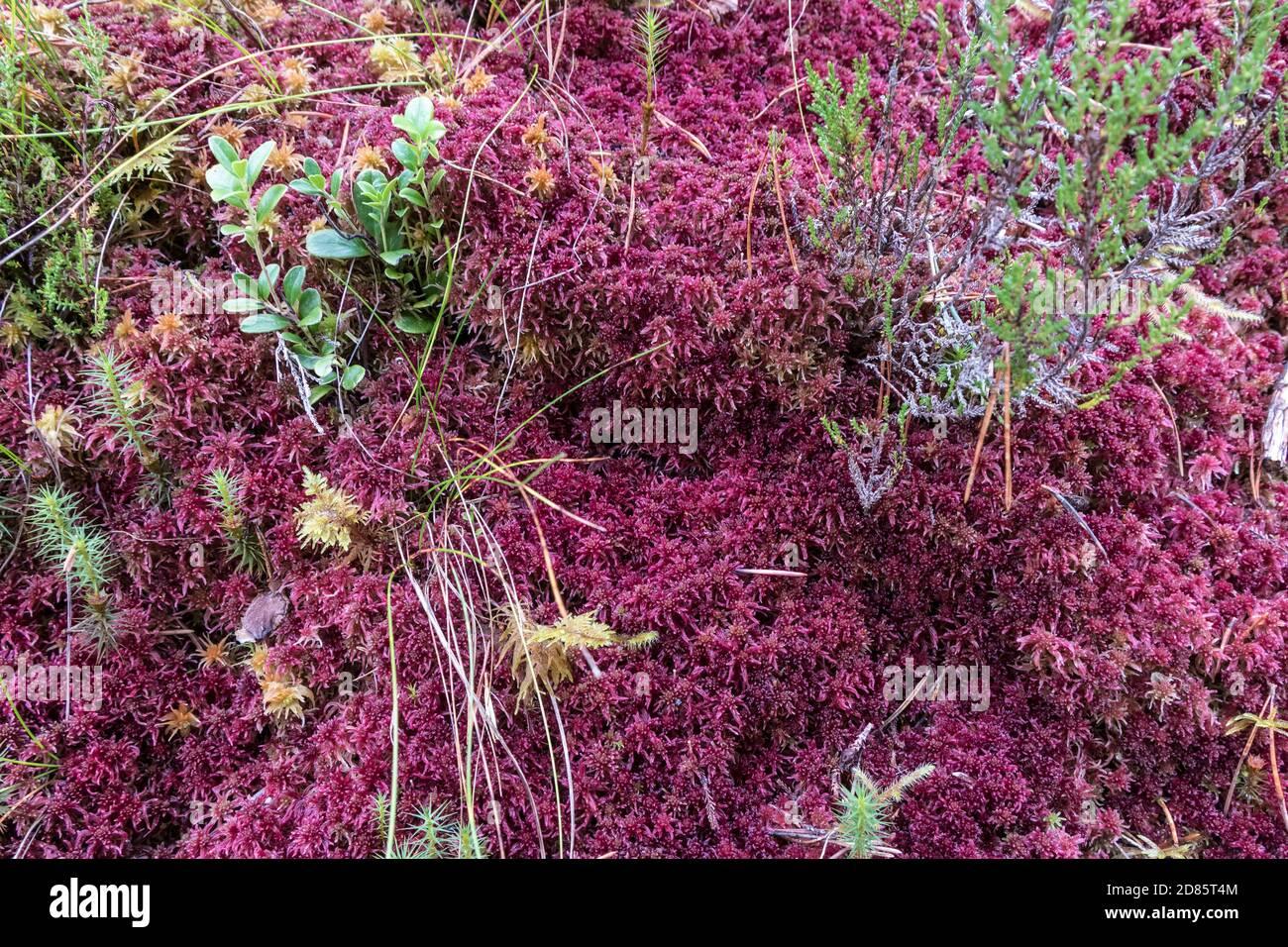
red-sphagnum-moss-sphagnum-capillifolium-ben-eighe-national-nature-reserve-kinlochewe-highland-scotland-uk-2D85T4M.jpg from: https://www.alamy.com/stock-photo/sphagnum-moss-bog.html
Background
Before delving into the intricacies of Sphagnum moss, it’s essential to understand its place in the plant kingdom. Mosses are non-vascular plants, meaning they lack the specialized tissues found in vascular plants for transporting water and nutrients. Despite their simplicity, these resilient organisms have thrived on Earth for over 400 million years, making them true survivors.
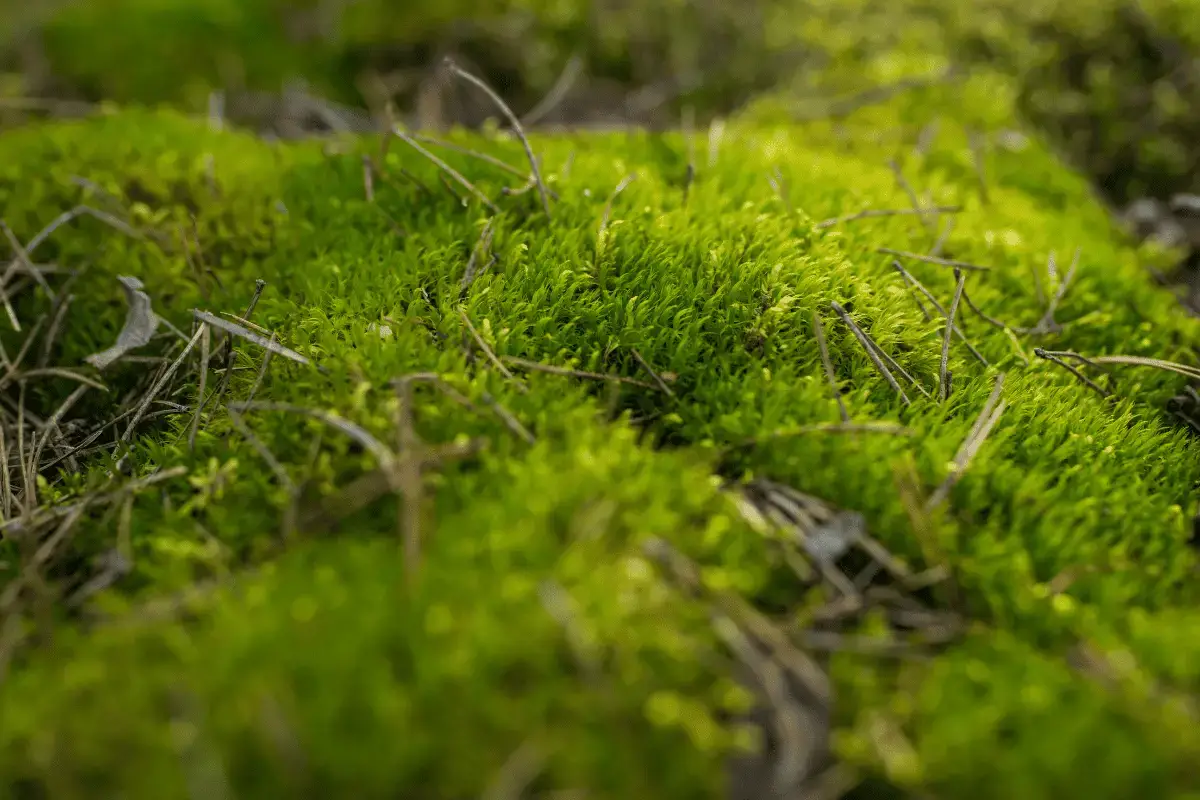
surface-growing-sphagnum-moss.png from: https://planteli.com/sphagnum-moss-vs-peat-moss/
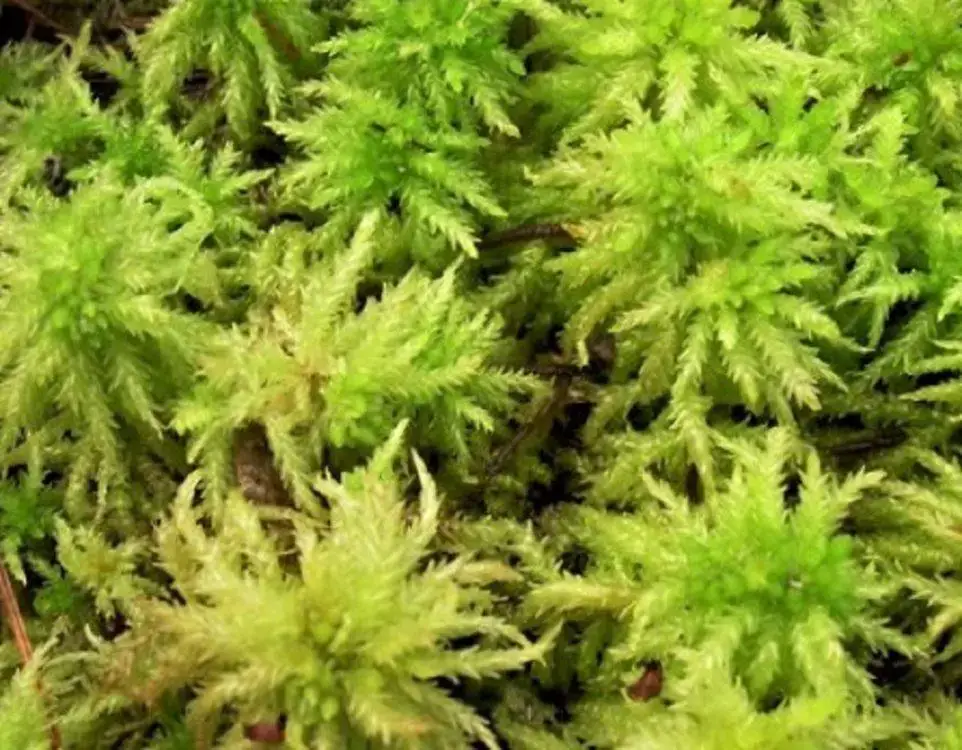
sphagnum-moss.jpg from: https://cold-hardy.com/live-sphagnum-moss/
Main Content
Morphology and Identification
Sphagnum mosses are easily recognizable by their
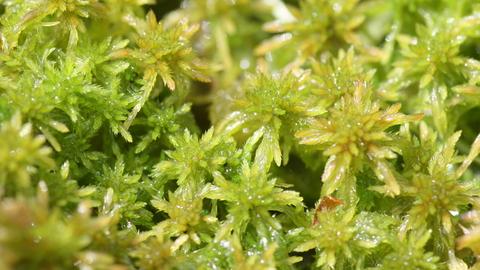
wildlifetrusts_40330515945.jpg from: https://www.wildlifetrusts.org/wildlife-explorer/mosses-and-liverworts/sphagnum-moss
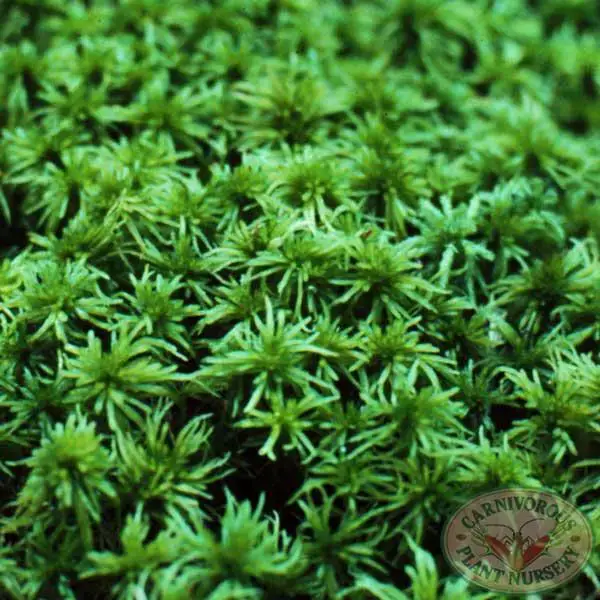
sphagnum.1_x700.jpg from: https://carnivorousplantnursery.com/products/sphagnum-moss
vibrant green to reddish-brown hues and their ability to form dense, spongy mats or cushions. These mosses possess unique features that set them apart from other moss species. One of their most distinctive traits is the presence of specialized cells called hyaline cells, which are responsible for their remarkable water-holding capacity.
Global Distribution and Habitat
Sphagnum mosses are found across the globe, thriving in a wide range of habitats, from bogs and fens to moist forests and even arctic tundra. They are particularly abundant in northern temperate and boreal regions, where they play a crucial role in the formation and maintenance of peatlands.
Ecological Roles and Adaptations
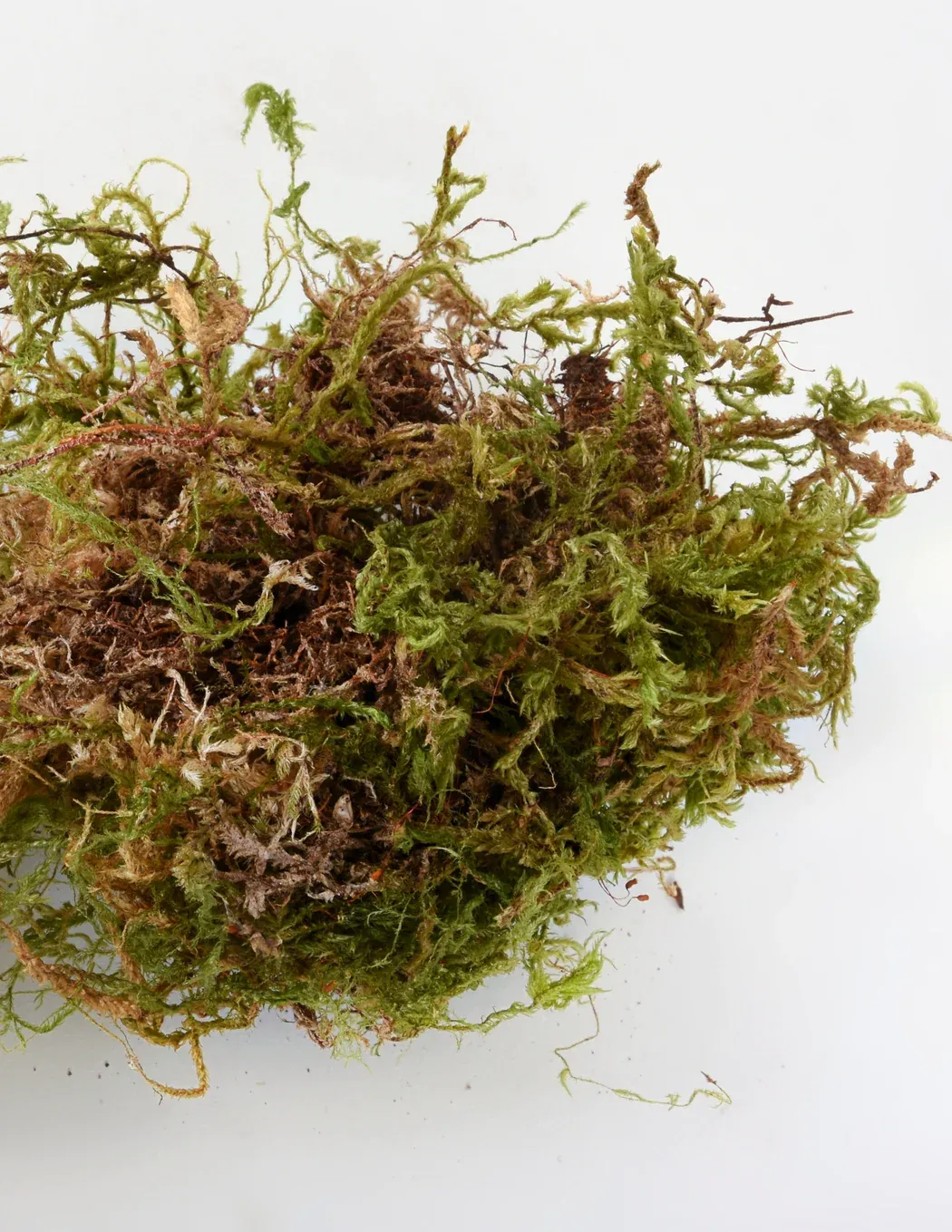
sphagnum3_934c207f-91bb-4ccc-9a69-3cb114b7c7b9_1050x1359.jpg from: https://pistilsnursery.com/products/sphagnum-moss
Sphagnum mosses are often referred to as ecosystem engineers due to their ability to modify their environment and create unique habitats. Their remarkable water-holding capacity and acidic nature contribute to the formation of peatlands, which are essential carbon sinks and biodiversity hotspots.
These mosses have evolved remarkable adaptations to survive in nutrient-poor and acidic environments. They possess the ability to absorb and retain water like a sponge, allowing them to thrive in areas where other plants struggle. Additionally, their acidic nature helps them outcompete other plant species and maintain a competitive edge in their habitats.
Case Studies/Examples
One notable example of the ecological significance of Sphagnum mosses is the Mer Bleue Bog in Ottawa, Canada. This unique ecosystem is home to a diverse array of plant and animal species, all thriving in the acidic, nutrient-poor environment created by the Sphagnum moss carpet.
Technical Table
| Characteristic | Description |
|---|---|
| Division | Bryophyta |
| Class | Sphagnopsida |
| Family | Sphagnaceae |
| Common Name | Peat Moss |
| Habitat | Bogs, fens, moist forests, arctic tundra |
| Distribution | Widespread across northern temperate and boreal regions |
| Adaptations | Water-holding capacity, acidic nature, nutrient-poor tolerance |
Conclusion
Sphagnum mosses are truly remarkable organisms, playing vital roles in shaping ecosystems and contributing to the planet’s biodiversity. Their unique adaptations and ecological significance make them a fascinating subject for enthusiasts and researchers alike. As we continue to explore and appreciate the wonders of nature, let us ponder: What other secrets might these unassuming mosses hold, waiting to be uncovered?